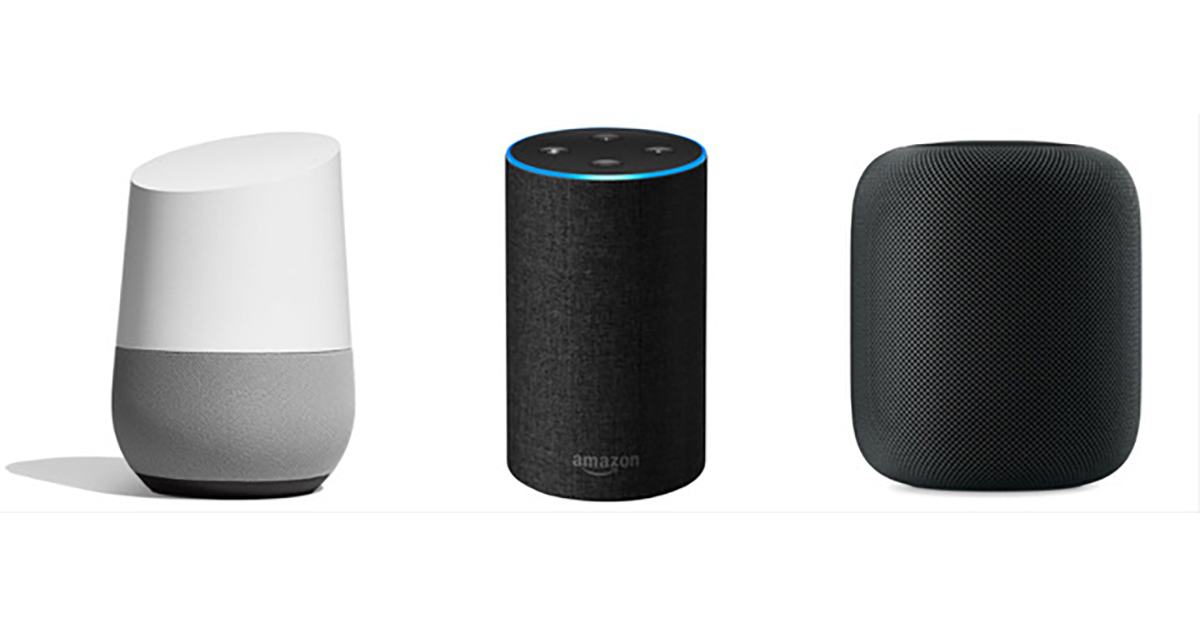Marketers are advancing into the new Roaring '20s as technology innovations continue at warp speed to power the ways in which we interact with our customers.
To remain competitive — to retain and grow your customer base — it's imperative to assess and adjust your marketing activities. What has worked in the past might not work today. With 2020 just around the corner, it is a good time to look at the turns shaping the ever-shifting marketing world.
Top marketing trends
1. Search engines
First, SEM (paid search) and SEO (organic search) are increasingly dominating the marketing space. Google's over 90% market share of search helps explain its annual advertising revenue of around $150 billion. No other media advertising company comes close to that huge number.
If you can think of a company, small or large, that wouldn't benefit from better search results, please send me an email. A company must show up in Google's search engine results page (SERP), ideally on Page 1. Only about 10% of searchers make it past the first page.
Here's another statistic: 70% of people make their buying decision before contacting the company.
Search results, on the paid and nonpaid sides, have become increasingly sophisticated and competitive. Consider collaborating with an outside expert to win more business.
The hottest area in search is "voice" led by Amazon Echo "Alexa," Apple's "Hey Siri" and Google Home. It's a game changer. In 2019, voice assistants and smart speakers sales surged, with more than 100 million people in the U.S. now using voice. Experts believe that in 2020, half of all online requests/searches, including shopping, will be made by voice search.
In today's SEO world, smart marketers are making their content more conversational to increase their chances of winning in voice search.
2. Marketing automation
Second, notably for businesses selling to other businesses, marketing automation is a must have. Marketing automation often powered by artificial intelligence is growing more potent each day. It's a software platform to help capture leads, develop relationships and move prospects through the sales funnel.
The software automates marketing tasks, including email, segmentation, landing page creation, retention efforts, measuring analytics and reporting ROI, website personalization, cross-channel campaigns (social media, paid and nonpaid search, and digital advertising), lead nurturing and scoring, workflow automation, AB testing and more.
As organizations grow, they must manage scale. Personalizing communications with prospects and customers without marketing automation is not feasible.
3. Personalization matters
Third, personalization matters more than ever. We have been moving from mass media to one-to-one for many years. In 2020, 90% of advertisers will use personalization and consider it to be the core of their marketing.
Technology sounds so impersonal, but in fact it is allowing communication to be more hyper- targeted and therefore relevant. Dale Carnegie said in his book "How to Win Friends and Influence People," "Remember that a person's name is to that person, the sweetest and most important sound in any language."
Today, we can use the person's name along with a great deal more personalized — and therefore meaningful — information, leading to higher conversion rates.
Email spamming is dead. With the assistance of marketing automation, we can segment email lists so the messaging is relevant to the recipients, even down to the individual. Email continues to be the No. 1 digital marketing activity.
4. Content
Fourth, content is still king. The dramatic shift is the demand for quality versus quantity because we are saturated with content. Substantive, useful, meaningful and relevant content will rise above the clamor.
Consider using more video. Video content accounted for 80% of all consumer internet traffic in 2019. Videos up to two minutes long get the most engagement. Interactive and engaging content such as quizzes, contests and games also score high.
Blogging and longer-form content are strong performers for building organic (nonpaid) SEO as well as strengthening your company's strategic brand positioning.
Find influencers
Related to content is influencer marketing. A new term, confluence marketing, describes the intersection of content and influence. It's growing. Due to the immense amount of information online, consumers are often better informed than the salespeople. Trusted, transparent and credible influencers are playing larger roles in buying decisions.
Influencers range from well-established celebrities, journalists and subject experts to local folks in the community and many others in between. Common to all influencers is the fact they have developed trust with their followers, particularly in social media. Find those influencers who complement your company/brand and work together for mutual benefit.
Bonus trends and tips
Afterword: Don't overlook traditional marketing tactics, such as hosting live events, direct mail, newspaper, billboard, television, radio, trade shows, public relations activities and more.
TV commercial time for the upcoming Super Bowl sold out earlier than ever and at a higher cost, $5.2 million for 30 seconds of airtime. This is evidence that traditional advertising activities continue to work.
There is no cookie-cutter template. Think through your customer's journey to purchase with attention to opportune touchpoints. Just as your brand position and brand story are unique to your product or service, so should your marketing activities and tactics.
The aim is to find the optimal mix of online and offline media and tactics that will result in the highest return on your marketing investment in 2020.



